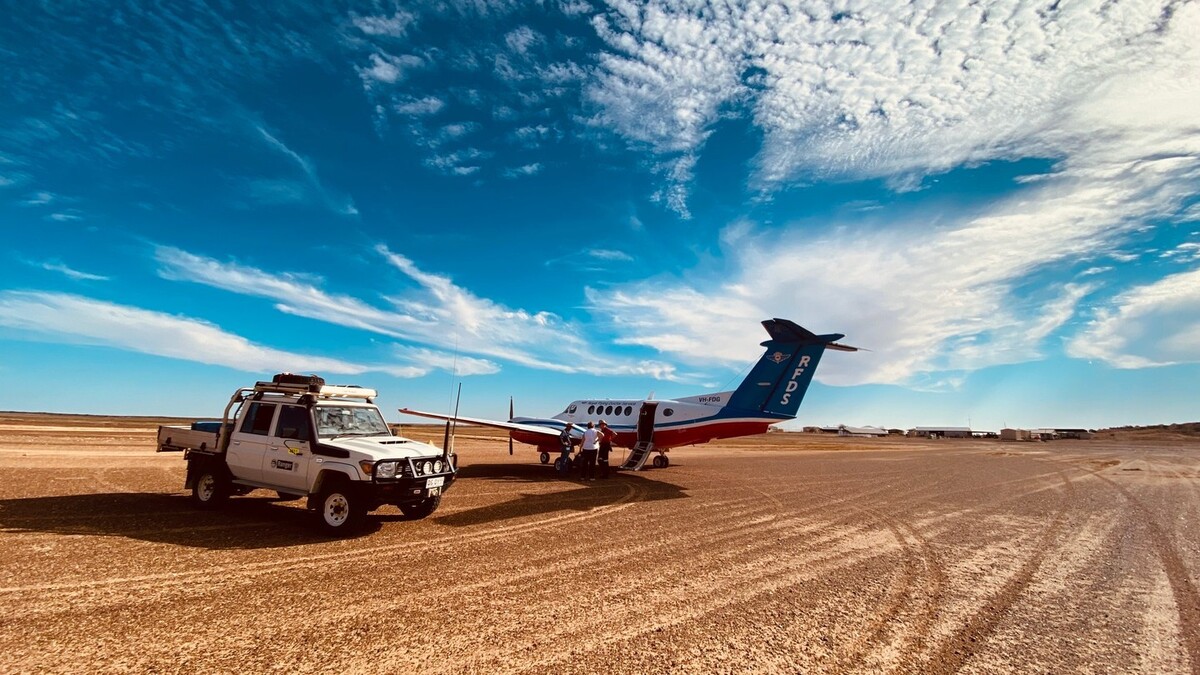Do you have an RFDS airstrip? Time to update your information
Krista Schade
07 October 2024, 1:01 AM

Over the past 20 years, RFDS has operated across more than 300 airstrips throughout Far West and Western NSW.
Some of these, such as the service's regular clinic airstrips, are part of routine flights, whilst others are access in emergency situations.
With so many airstrips available to the RFDS, it is crucial they maintain up-to-date information for each location. This ensures that the airstrips are being regularly maintained and RFDS have accurate contact details for support teams on the ground, should and RFDS crew need to land.
If your airstrip is one the Flying Doctors utilise, or if you would like to nominate your airstrip for potential use by RFDS, please complete this form.
Airstrip Requirements
For new airstrips or upgrades to existing ones, we recommend the following specifications to ensure safe operations:
• Beechcraft King Air B200: An unsealed strip of 1200m in length and 18m in width is suitable under more conditions (up to 45°C).
• Beechcraft King Air B350: An unsealed strip of 1650m or a sealed strip of 1450m and 23m in width is suitable under more conditions (up to 45°C).
"Additionally, we recommend that any new or upgraded airstrips are free of shrubbery taller than 30cm for 200m at either end of the runway, the RFDS said.
"Whilst it is ideal to have maximum clearance on both sides of the airstrip, RFDS requires a minimum clearance of 20-35m from the airstrip’s edges.
"Please note that inclusion on our airstrip register allows us to quickly assess whether we can safely attend a medical event.
"Factors such as weather conditions, proximity of livestock or wildlife, and the availability of on-ground support will be evaluated on a case-by-case basis."
Upon completion of the form, a member of RFDS will reach out to you to confirm the information provided and to answer any questions you may have.
If you have any questions, please contact [email protected]

